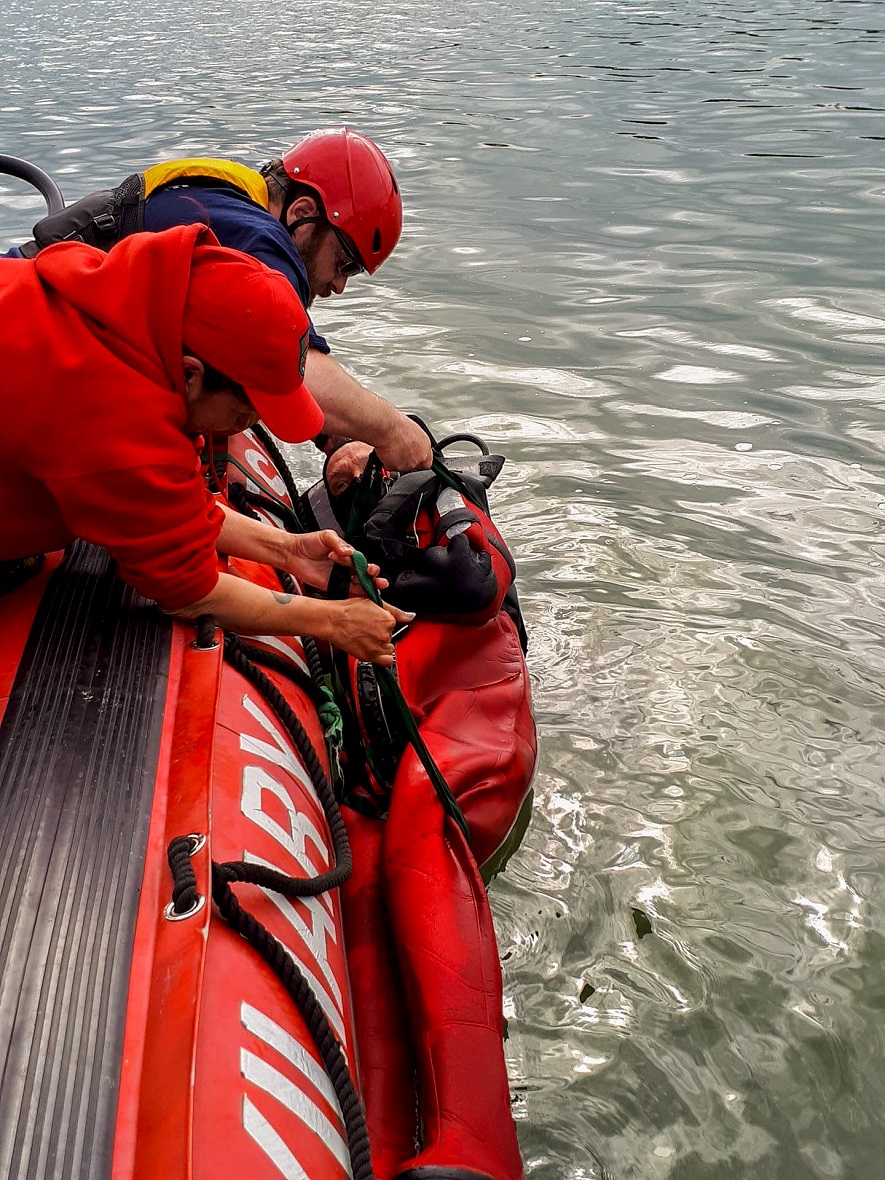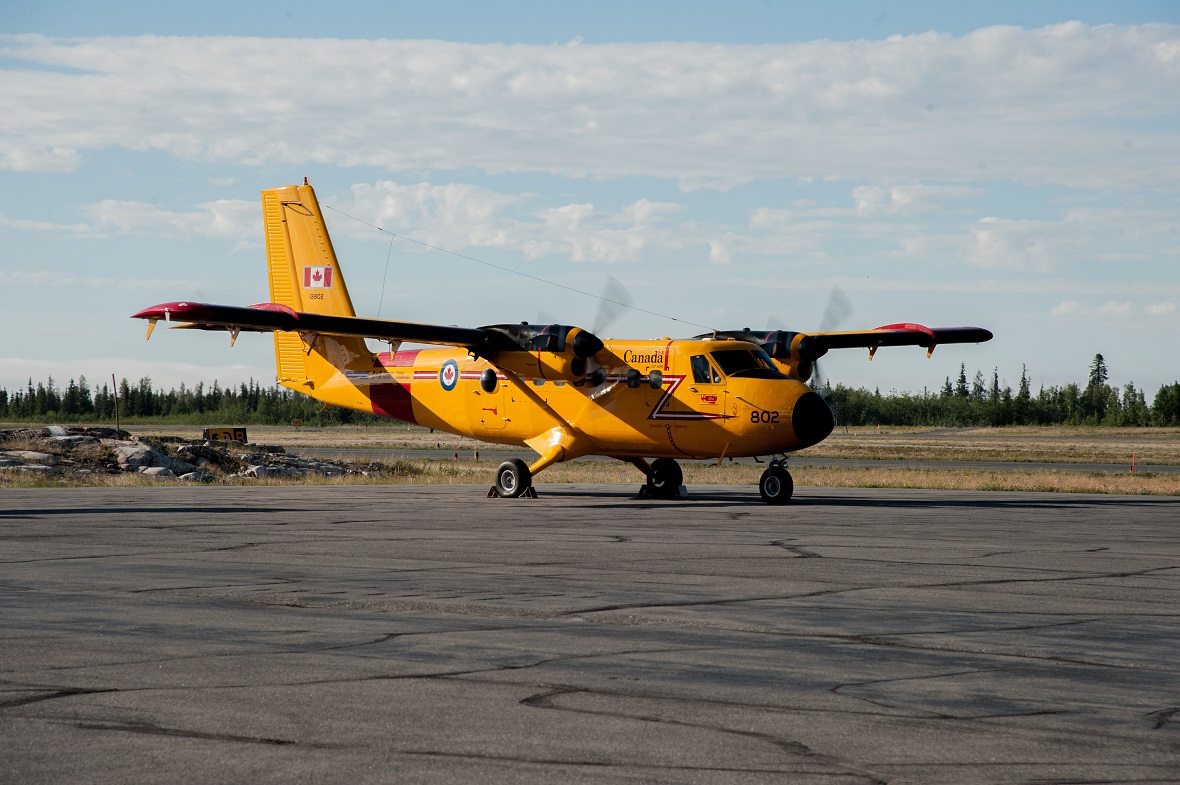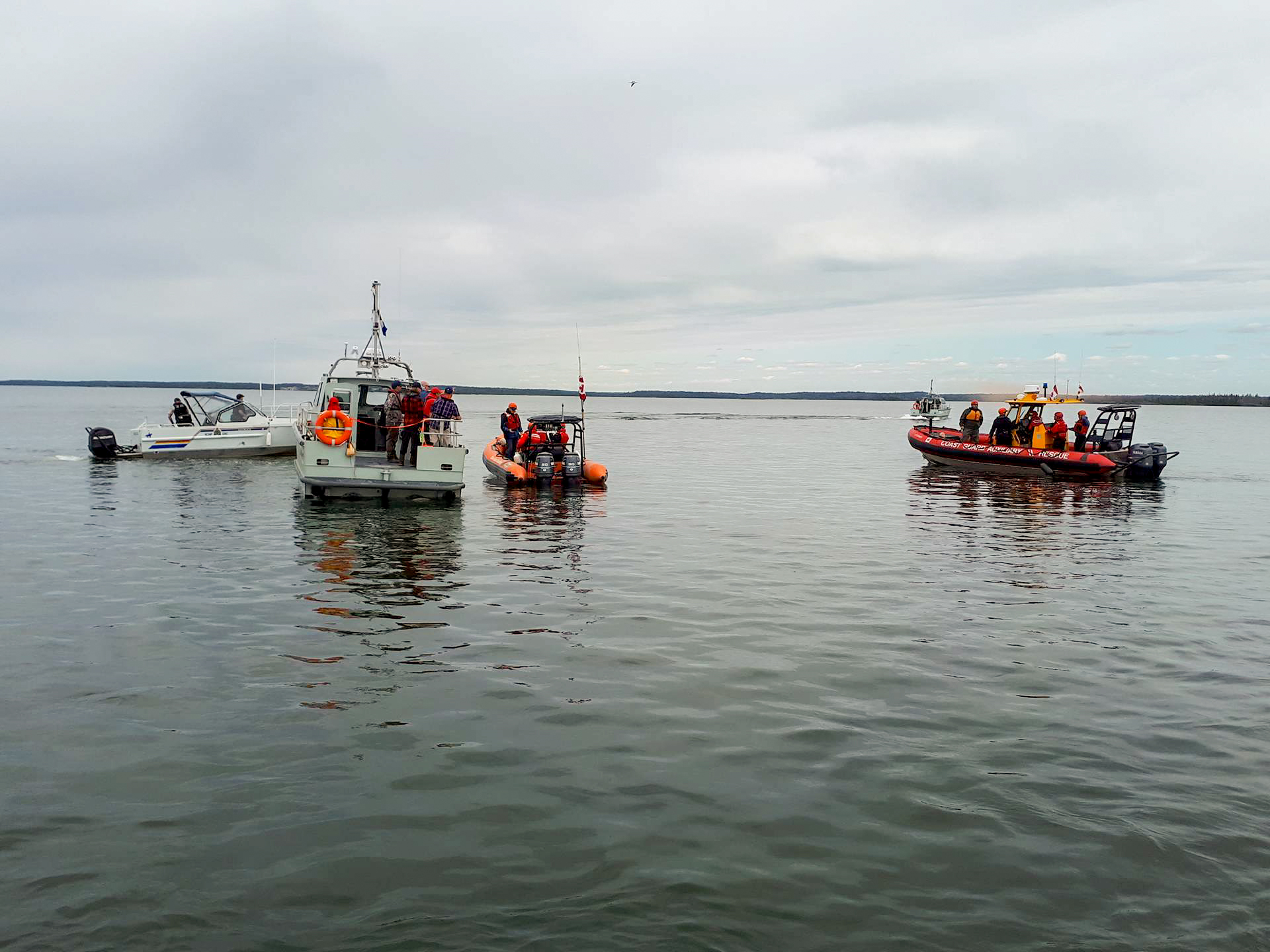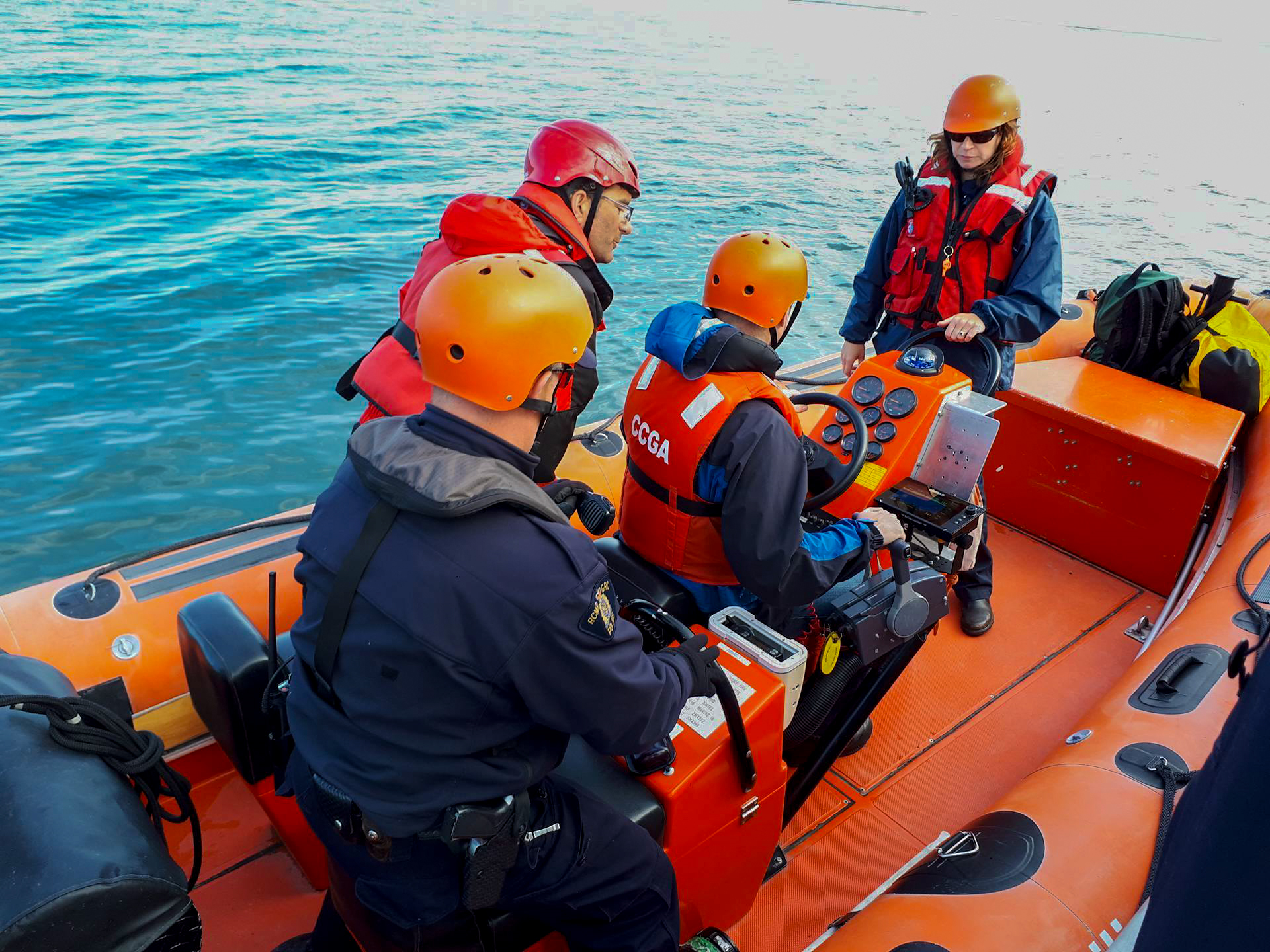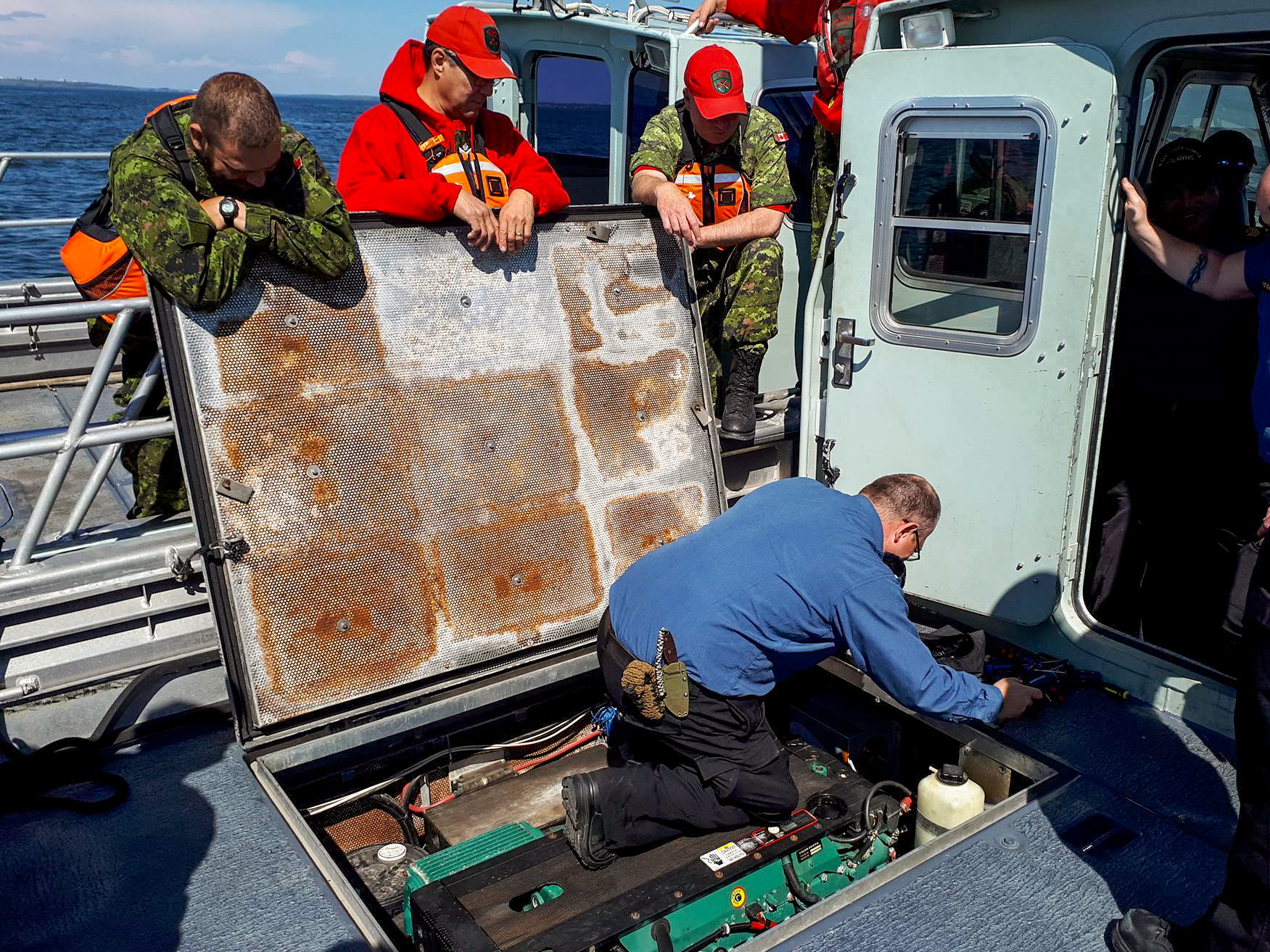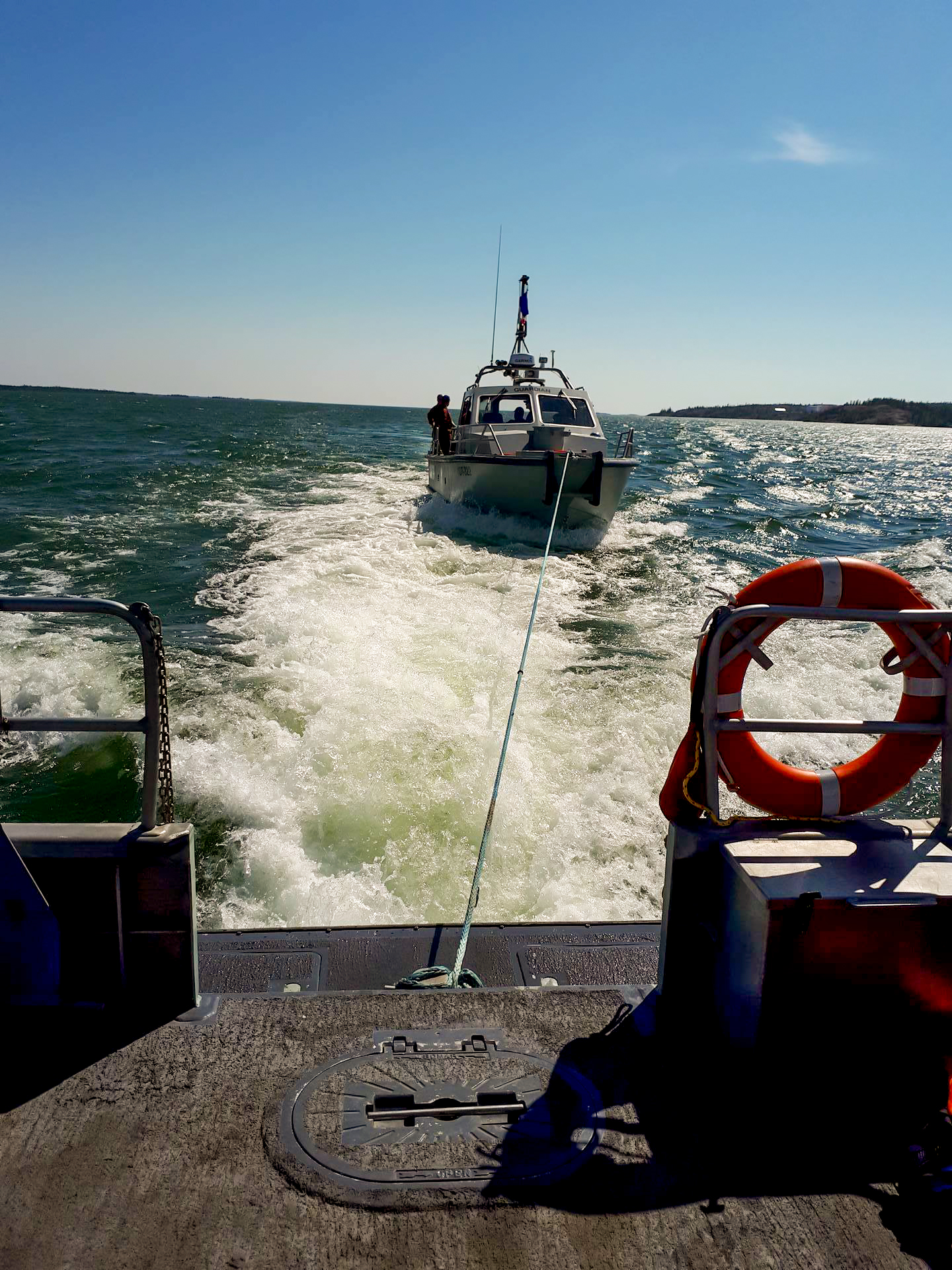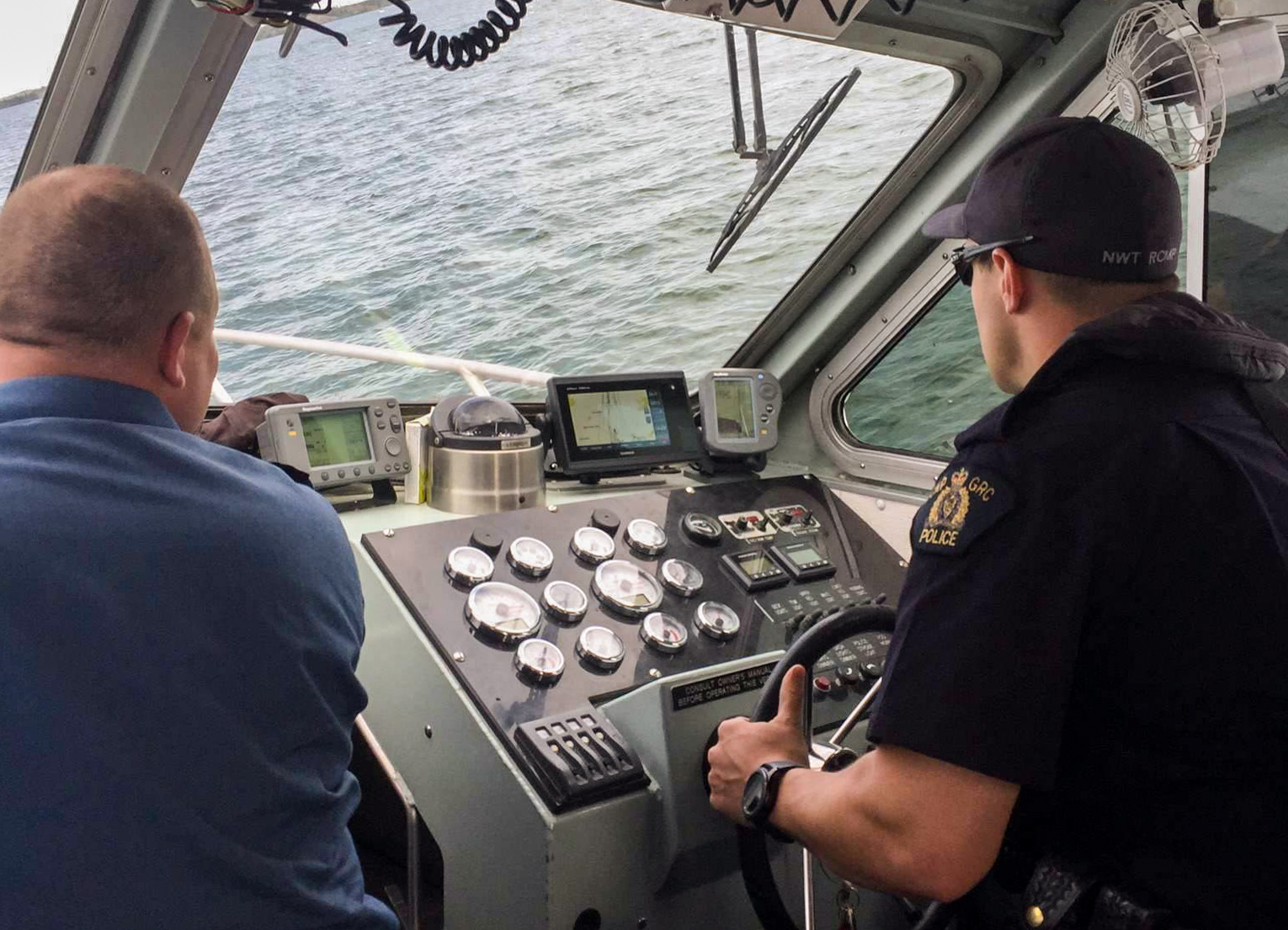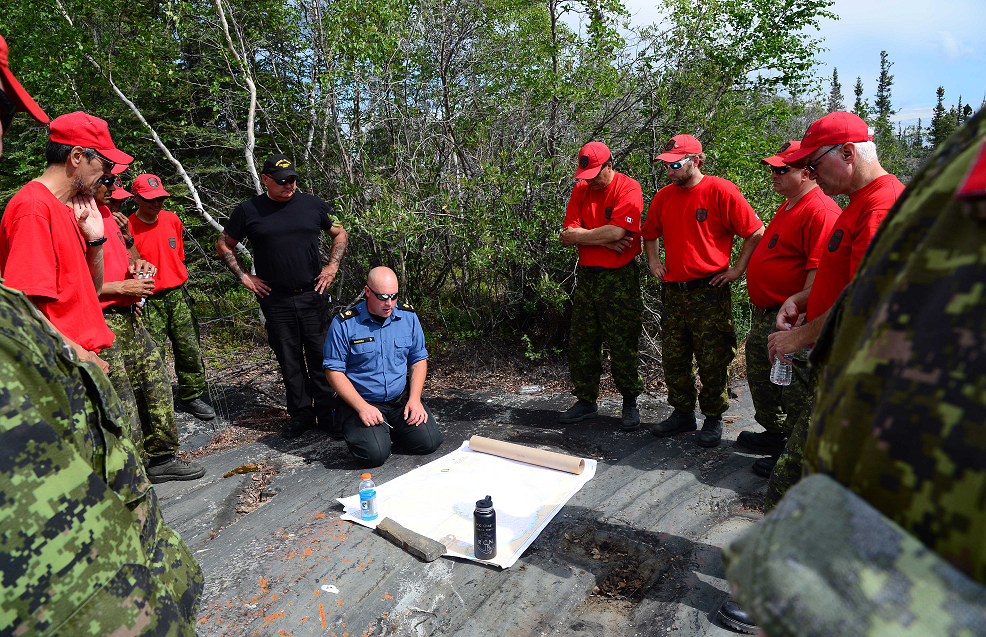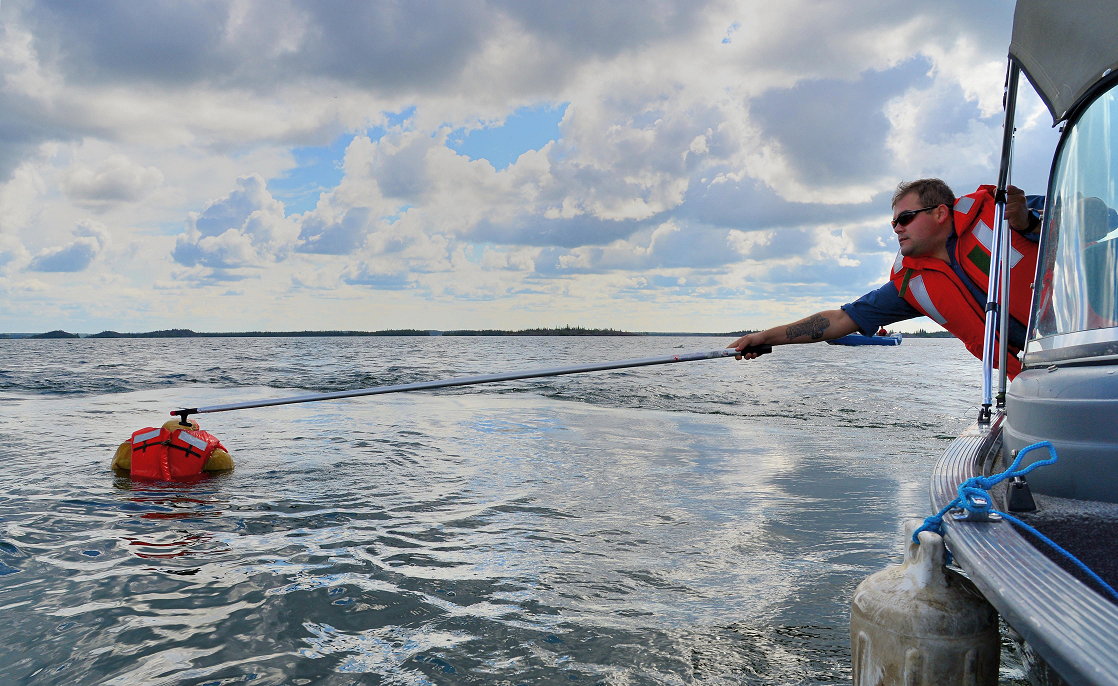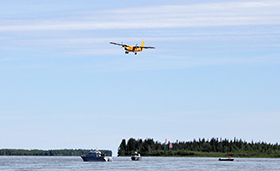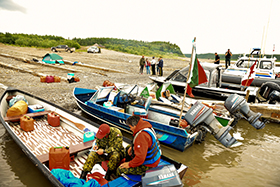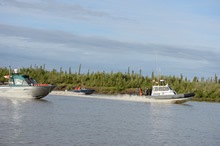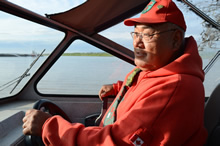Operation NUNAKPUT
Operation NUNAKPUT was a Canadian Armed Forces (CAF) operation to show a federal presence in Canada’s North. It occurred each year from 2007 to 2017 and took place in and around:
- the Mackenzie River
- Great Slave Lake
- Beaufort Sea region of the western Arctic
The objectives of the operation were:
- to assert Canada’s legal status over its far north regions
- to enhance CAF ability to operate in Arctic conditions
- to improve partnerships in whole-of-government operations
- to practice working with partners to respond to safety and security issues in the North
Evolution of the operation
From 2007 to 2018, the CAF conducted a number of different operations in the North.
- Operation NUNALIVUT
- Operation NUNAKPUT
- Operation NANOOK
Now, these activities are all combined under one operation: Operation NANOOK.
The Task Force
Operation NUNAKPUT brought together CAF members and assets from across Canada. They were drawn from Canadian Army (CA) and Royal Canadian Air Force (RCAF) units.
The force size and make-up varied from year to year. It was structured around planned activities and exercises. The operation always included:
- 1st Canadian Ranger Patrol Group
- 440 “Vampire” Transport Squadron
- 407 Long Range Patrol Squadron from 19 Wing Comox
- 405 Long Range Patrol Squadron from 14 Wing Greenwood
During Operation NUNAKPUT, the CAF worked with:
- the Royal Canadian Mounted Police (RCMP)
- Fisheries and Oceans Canada (DFO)
- Environment Canada (EC)
Global Significance
There are a number of important international issues in the Arctic:
- climate change
- international trade
- global security
The Arctic became more accessible because of climate change and new technology. For example, there were fewer than 1 000 flights on polar routes in Canadian airspace in 2003. In 2016, there were over 14,000 flights.
State and commercial actors from around the world are interested in the long-term benefits from operating in the Arctic. There are also large reserves of fossil fuels and minerals. These factors are expected to lead to increased commercial activity, research, and tourism in and around Canada’s northern region.
The increase in traffic brought new safety and security risks. Canada must be ready to respond to search and rescue cases, as well as natural or man-made disasters.
History
2017
Operation NUNAKPUT 2017
Operation NUNAKPUT 2017 took place in the Northwest Territories from June 26 to July 20, 2017. It took place around Great Slave Lake, around Deline, along the Mackenzie River up to Tuktoyaktuk, at Hay River, and on the Nahanni River.
About 140 Canadian Armed Forces members and employees from other government departments and agencies took part.
Working with Northern partners, Operation NUNAKPUT 2017 consisted of:
- a series of maritime and safety patrols
- water and ground reconnaissance
- survival training
- a disaster preparation assessment
2016
Operation NUNAKPUT 2016
Operation NUNAKPUT 2016 took place from July 5 to 20. It was run in the South Mackenzie River and Great Slave Lake regions. The operation was run closely with Northern partners. It consisted of a series of:
- maritime patrols
- community engagements
- training opportunities
The training opportunities involved:
- search and rescue training
- small-boat-operator training for Canadian Rangers
- marine patrolling and training
2015
Operation NUNAKPUT 2015
Operation NUNAKPUT 2015 took place from July 6 to 23. CAF members from JTFN and 1 Canadian Ranger Patrol Group conducted maritime patrols. They patrolled along the Mackenzie River from Hay River to Tuktoyaktuk, Northwest Territories. CAF members from 440 Transport Squadron also flew aerial patrols. The CAF partnered with:
- Department of Fisheries and Oceans (DFO)
- Environment Canada (EC)
- Royal Canadian Mountain Police (RCMP)
In total, about 100 personnel from the four federal departments took part in the operation.
2014
Operation NUNAKPUT 2014
Operation NUNAKPUT 2014 took place from mid-June to mid-July. The task force comprised:
- CAF members from 1 Canadian Ranger Patrol Group
- CAF members and assets from 440 (transport) Squadron
- CAF members from Joint Task Force North
- other government partners
The CAF and partners conducted joint training, surveillance and presence patrols along the Mackenzie River.
2013
Operation NUNAKPUT 2013
Operation NUNAKPUT 2013 ran from mid-June to mid-July. About 60 CAF members took part in the operation. They ran joint exercises with other government partners. They also kept watch and conducted presence patrols of:
- Great Slave Lake
- the Mackenzie River
- the Beaufort Sea
The purpose of the patrols was to increase awareness of the areas and to promote ways for the partners to work together.
2012
Operation NUNAKPUT 2012
Operation NUNAKPUT 2012 (July) took place in the region of:
- Great Slave Lake
- the Mackenzie River
- the Beaufort Sea
A detachment of about 20 Canadian Rangers partnered with RCMP and DFO Officers. They patrolled on land and by boat. The patrols were made along the Mackenzie River and in the coastal waters of the Beaufort Sea. Joint Task Force North (JTFN) Headquarters provided equipment and logistics support. JTFN also liaised with civilian leaders of the territorial government and at the community level.
